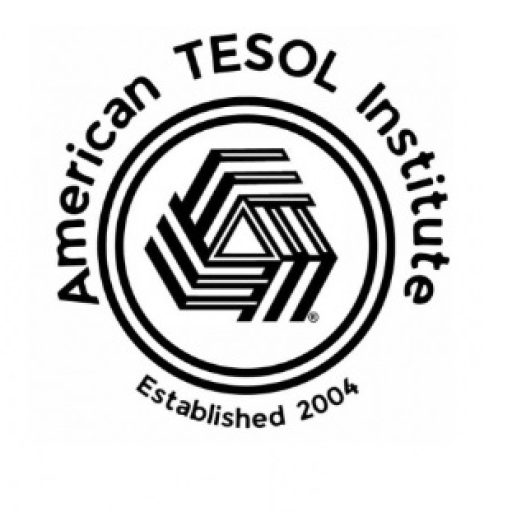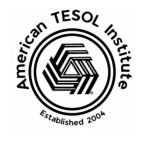Think back to your own language learning journey. Remember struggling to decipher a native speaker’s rapid-fire words or grappling with unfamiliar pronunciations? Now imagine your students facing the same challenges, but with the added pressure of navigating a world filled with diverse English accents.
In TESOL, we often focus on “standard” pronunciation, but the reality is that English is a global language, spoken with a beautiful tapestry of accents. Limiting students to just one accent can hinder their comprehension, confidence, and ability to communicate effectively in real-world situations.
Embracing the Symphony of Accents:
As TESOL educators, we have a responsibility to expose our students to the rich diversity of English pronunciation. Here’s how we can achieve that:
1. Media Magic:
Harness the power of film and television! Showcasing clips from different English-speaking regions not only introduces students to various accents but also provides valuable cultural insights. Follow up with comprehension checks and discussions to gauge understanding and address challenges.
2. Guest Speaker Extravaganza:
Invite guest speakers with different accents to your classroom. This provides authentic interaction and allows students to experience firsthand the nuances of pronunciation and intonation. Collaborate with your guest to highlight key differences and provide pronunciation tips.
3. Accent Adventures Beyond the Classroom:
Encourage students to engage with accent diversity outside of class. Recommend online resources, podcasts, or language exchange partners where they can encounter different accents in a fun and engaging way.
4. Become an Accent Detective:
Equip students with the tools to analyze and understand accents. Explore the phonetic features that distinguish different varieties of English, such as vowel sounds, intonation patterns, and stress placement. Use interactive activities and games to practice identifying and mimicking these features.
5. Embrace Technology:
Leverage AI-powered tools that offer accent training and pronunciation feedback. These tools can provide personalized guidance and help students refine their listening and speaking skills.
The Benefits of Accent Diversity:
By embracing accent diversity in your TESOL classroom, you’ll empower your students to:
- Enhance listening comprehension: Students will become more adept at understanding spoken English in various contexts.
- Boost confidence: Students will feel more comfortable communicating with people from different backgrounds.
- Develop critical thinking skills: Students will learn to analyze and appreciate the nuances of language.
- Expand cultural awareness: Students will gain a deeper understanding of the global reach of English and the diverse cultures that shape its pronunciation.
Conclusion:
Let’s move beyond the limitations of a single accent and embrace the vibrant tapestry of English pronunciation. By fostering an appreciation for accent diversity, we can equip our students with the skills and confidence to thrive in an interconnected world.


